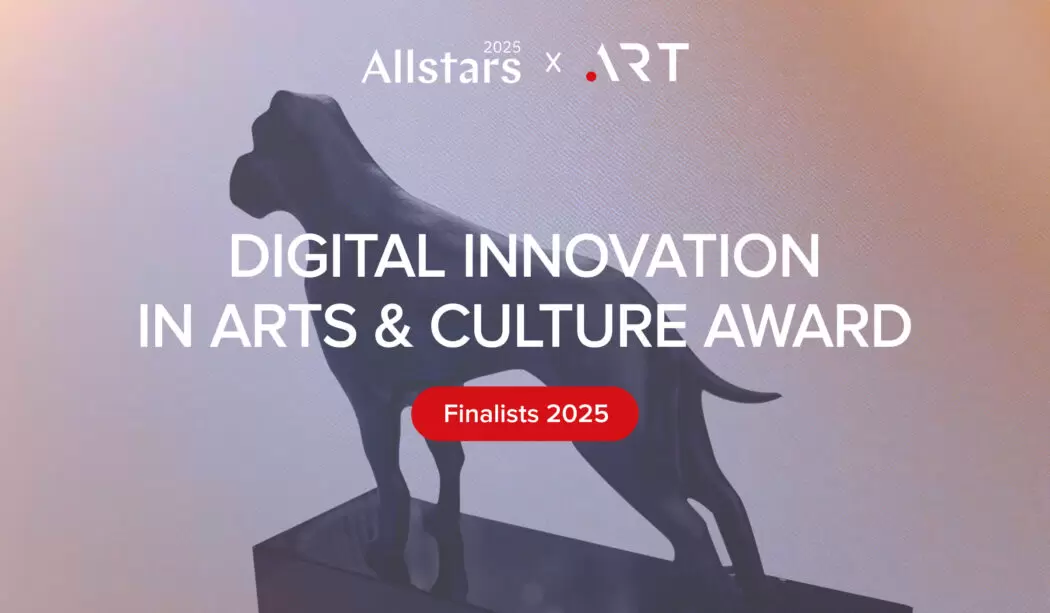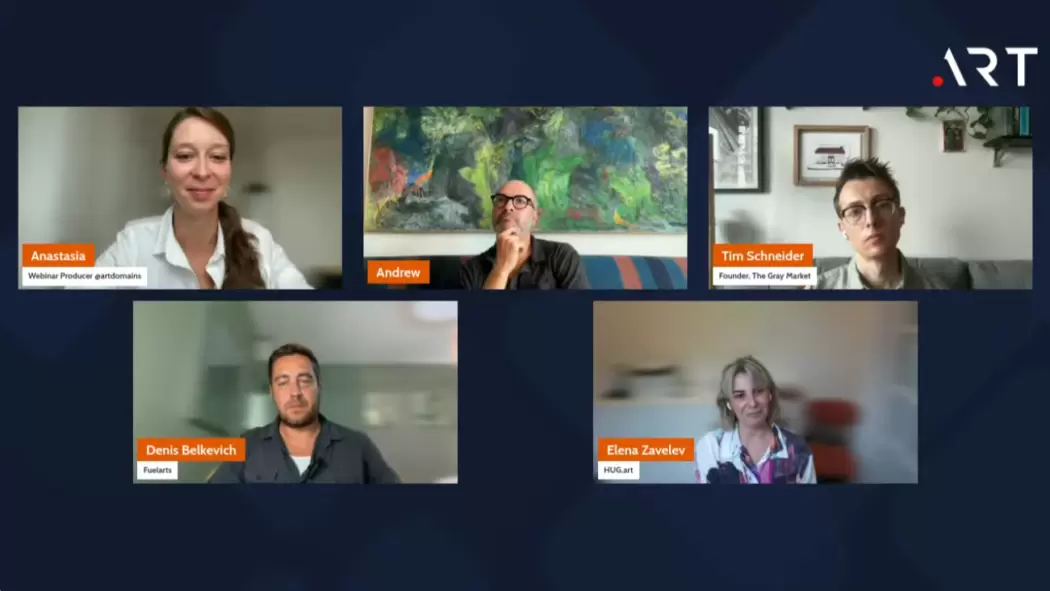A New Decade for Digital Art: Interview with Carla Rapoport, Director and Founder of the Lumen Prize
Carla Rapoport talks about the prize, opportunities for artists creating with technology and the market for digital art.


In 2012, Carla visited David Hockney’s exhibition that showcased a new series of digital works at the Royal Academy. It was then that she realized what her next step would be. Leaving behind a successful career in journalism, she focused her energy on launching the non-profit project that would create more opportunities for digital artists.
Digital art has been evolving hand in hand with technological developments since 1950’s. People also often use terms such as new media art, time-based media, computer or algorithmic art to describe the movement. This is a category where artists use new technologies as a medium for creating their work (as opposed to film or photography, where digital technologies are used as production tools).
Hundreds of digital artists have ‘graduated’ from Lumen Prize since its launch in 2012. Some were even able to quit their day jobs and pursue full-time careers in the arts. With a Jury Panel from institutions such as Whitney, the Serpentine and Tate, the award gives international recognition to those that are fortunate to make it to the final selection.
The prize runs in several phases. Early in the year, an open call is announced (this year, the deadline is 8th of May). Once all applications are submitted, an International Selectors Committee of curators, art specialists and academics select a longlist. This is then reviewed by an eminent Jury Panel, which chooses the finalists and winners. The award ceremony takes place at the Barbican Centre for Performing Arts, followed by Artists Talks at IBM Southbank and a Directors Showcase.

Carla Rapoport
Following the announcement of this year’s open call, .ART sat down with Carla to learn more about her work and thoughts on the digital art scene.
Before launching the Lumen Prize, you made a name for yourself as a business journalist. Could you share some of your highlights working at the forefront of international economic affairs?
I was lucky enough to be the Tokyo Correspondent for the Financial Times during Japan’s surge as an economic super-power in the late 1980’s and then worked in Hong Kong during the Handover in the late 1990’s. From 2002 to 2010, I wrote about global industry, particularly technology and communications, from the Economist Intelligence Unit and watched how the Internet changed so much of the economic landscape.

‘Love Birds, Night Birds, Devil-Birds’ by Cassie McQuater, Lumen Moving Image Award 2019
What were the biggest challenges you faced when launching the Prize?
Convincing people that art created with technology had the same impact, breadth and beauty as any other form of contemporary art, if not more. It was an uphill battle but 9 years later, it feels like we are winning!
Some may refer to digital art as still being in its awareness phase. At the same time, artists are becoming celebrities overnight by creating “Instagram-friendly” digital works. Where do you see that balance between quality and awareness when it comes to raising awareness about art and technology?
Think back to the early days of Andy Warhol. Many people thought those Campbell Soup cans and his Marilyn Monroe silkscreen series were not serious art in the same way that Instagram art is seen.
But then, as now, there was a wide range of art being pushed out and the best, inevitably, will rise to the top no matter where it’s first seen.
Since you launched in 2012, many more players are trying to build their communities in the art and tech space. While the growth of the sector allows for synergies to emerge, are there any steps you’re making to recontextualize your Prize in the new decade?
We launched two new awards this year to increase the diversity of the winning artists, with a Global South award for artists from Africa, Latin America and the developing economies of Asia and a Nordic Award for artists from Sweden, Finland, Norway and Denmark.

‘Melting Memories’ by Refik Anadol, Lumen Gold Award 2019
What would you say are the ‘missing pieces’ for a more extensive adoption/collection of digital art?
Two things:
- A secondary market
- The acquisition of digital art by museums around the world
In your opinion, what institutions are doing better than others at embracing the shift towards showcasing more digital works?
The Barbican Centre for Performing Arts in London is a global leader, as is the Whitney Museum for American Art. Both have champions of this genre in their teams and that makes a real difference.
Any books you would recommend to a complete newcomer?
Bruce Wands, Art in the Digital Age; Wolf Lieser, World of Digital Art; and Christiane Paul’s Digital Art plus the excellent anthology White Heat, Cool Logic about the British pioneers of the genre.
The prize is currently running in its 9th edition. You can get more information about Lumen Prize and the Open Call here: https://lumenprize.com/





